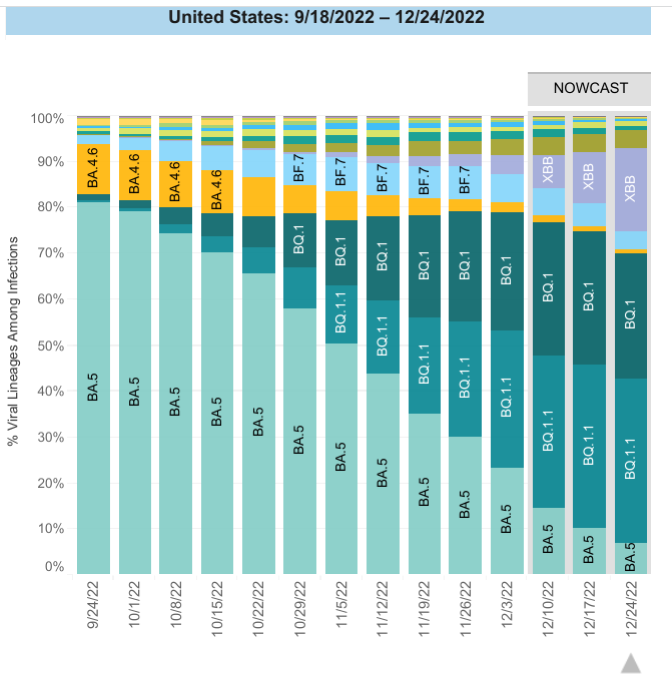The Joint Commission revealed Wednesday it is trimming down or revising numerous quality standards and freezing domestic hospital accreditation fees in 2023 “in recognition of the many financial challenges hospitals and health systems continue to face.”
The cuts follow a review the commission launched earlier this year to identify any “above-and-beyond” requirements that were redundant, no longer addressed an important issue or required time and resources that outstripped any estimated benefits.
In total, the Joint Commission said 168 standards (14%) are being cut and another 14 are being revised, effective Jan. 1, 2023. These changes will be followed by a second round of cuts and revisions the organization expects to have ready in “approximately six months.”
The full list of discontinued standards outlines changes affecting hospitals, critical access hospitals, ambulatory healthcare, behavioral health care and human services, home care, laboratory services, nursing care centers and office-based surgeries.
“The standards reduction will help streamline Joint Commission requirements, as well as provide some much-needed relief to healthcare professionals and organizations as they continue to recover from the pandemic,” Jonathan B. Perlin, M.D., Ph.D., president and CEO of the Joint Commission, said in the announcement. “Our goal is to eliminate any standard that no longer adds value. We want to have fewer, more meaningful requirements that best support safer, higher-quality and more equitable health outcomes.”
The Joint Commission said its review incorporated quantitative analyses of scoring patterns and, when needed, literature reviews and expert input. The Centers for Medicare & Medicaid Services also greenlighted the changes.
The changes come earlier than anticipated as the commission had initially said it was targeting January for the review’s first batch of cuts.
Adding to the Joint Commission’s goal of reducing provider burden, the organization also said it wouldn’t raise its accreditation fees for the new year—a decision it said will see some surveys conducted for less than cost.
“As with so many other organizations, we are experiencing inflation in several areas of our business, notably travel costs for surveys, however, we are steadfast in our decision not to raise domestic hospital accreditation fees,” Perlin said. “We believe this is the right thing to do and look forward to further supporting our accredited healthcare organizations in 2023.”











